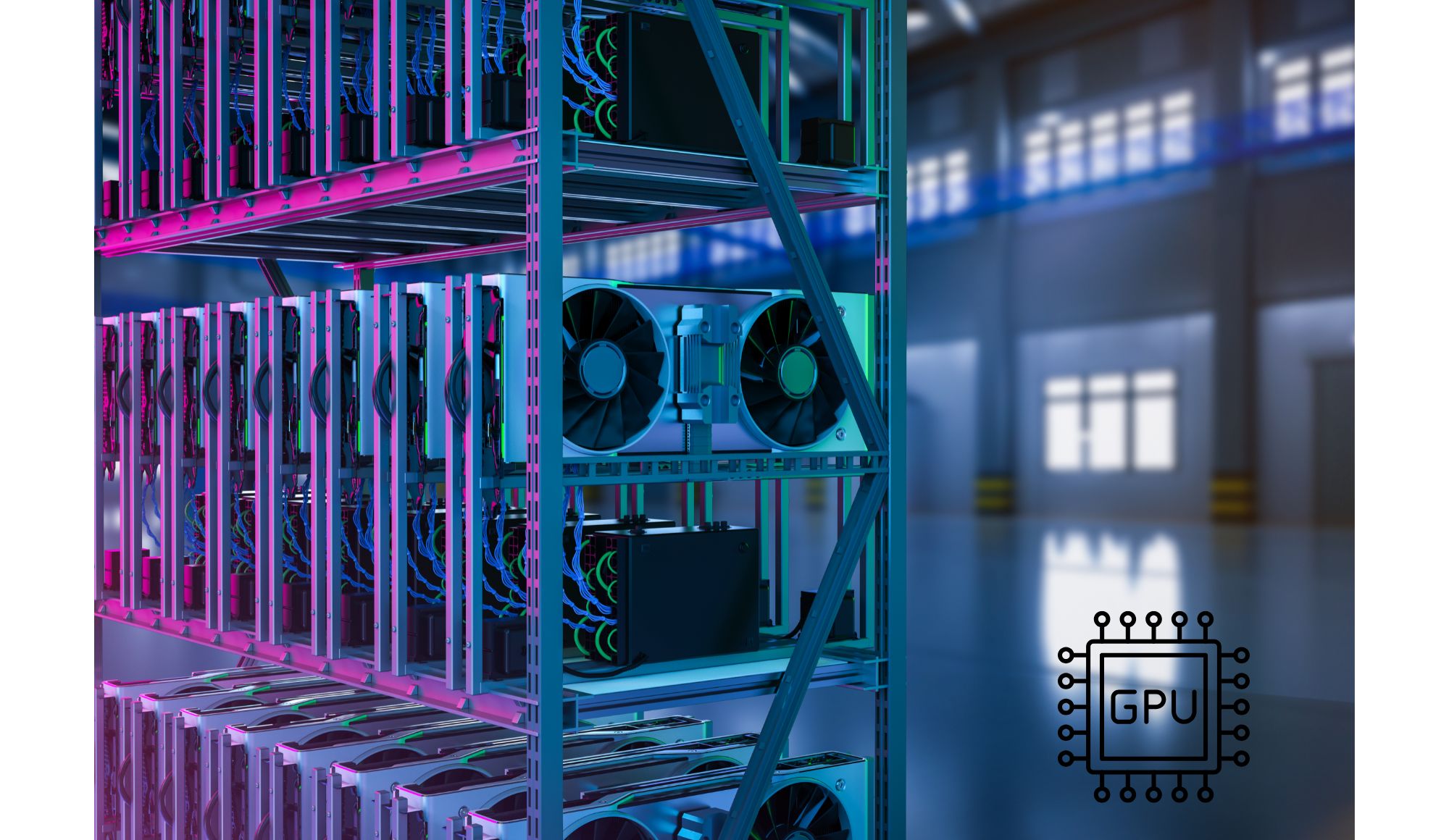Nvidia’s Stock Split, What Most Investors Are Missing
Almost exactly a year ago, Nvidia executed its sixth stock split since going public back in 1999, a 10-for-1 move that slashed its share price and gave investors a psychological boost.
Six months later, Nvidia stock marched to fresh all-time highs, fueled by a tidal wave of interest in AI and semiconductor innovation.
Since then, though, the broader market has taken a beating. Nvidia shares weren’t immune to the selling pressure but they’ve proven remarkably resilient. While the market as a whole remains choppy, Nvidia’s rebound suggests investors still believe in its long-term dominance across AI, gaming, robotics, autonomous driving, and beyond.
Key Points
-
Nvidia’s 10-for-1 split reflected growth confidence, made shares more accessible to retail investors, improved chances for index inclusion, and boosted employee stock incentives.
-
While AI leads today, Nvidia’s gaming, automotive, and robotics divisions are poised to drive major future growth, with under-appreciated billion-dollar opportunities emerging.
-
Another split is likely, but Nvidia’s dominant position across tech sectors makes it a strong long-term buy, regardless of market timing.
What a Stock Split Really Signals
On the surface, stock splits seem cosmetic because they don’t change a company’s market cap or underlying value. In fact, they can cost a company real money in legal, accounting, and operational expenses.
So why bother? Because stock splits send a powerful message: management is confident about future growth.
Splits also make shares appear more “affordable,” especially to retail investors who may hesitate to buy high-priced stocks even if fractional shares are available. While many brokerages offer fractional shares, research shows most casual investors either don’t know about it or prefer owning whole shares psychologically. A lower price tag removes a barrier.
There’s another subtle factor at play, index mechanics. Some major indexes, especially price-weighted ones like the Dow Jones Industrial Average, are more likely to include stocks with “manageable” share prices. Inclusion can bring fresh demand from passive index funds and ETFs — a structural tailwind that boosts liquidity and visibility.
Finally, stock splits can boost employee morale. Companies like Nvidia rely heavily on stock-based compensation to attract and retain top tech talent. Lower nominal prices make options and ESPP plans feel more attainable, potentially improving participation rates and alignment with corporate goals.
The Real Growth Story Beneath the Headlines
While many investors are fixated on Nvidia’s booming data center business, which powered most of its revenue growth last fiscal year, it’s important not to overlook the company’s other engines.
Gaming still generates over $10 billion a year, even though it made up just 9% of sales last year. Meanwhile, the automotive and robotics segments, though smaller today, could quietly become major growth drivers over the next decade.
Advanced driver-assistance systems are already a standard feature in many new vehicles. Full autonomy may still be a few years out, but the groundwork is being laid today and Nvidia’s DRIVE platform is deeply embedded in that future.
On the robotics front, we’re potentially on the cusp of a major shift. Industrial robots are evolving from static machines to mobile, AI-powered assistants that could revolutionize everything from manufacturing to logistics to healthcare. Nvidia’s investments in robotics AI could eventually open up a multi-billion-dollar opportunity that remains under-appreciated by Wall Street today.
Is Another Stock Split Coming?
There’s a strong chance it is but Nvidia’s management is smart enough to wait until market turbulence eases. A split announced during a fragile market might not deliver the same confidence signal it otherwise would.
History shows that owning Nvidia before a split, not chasing it afterward, has been a winning formula. But even more importantly, the company’s underlying fundamentals suggest it’s well positioned to continue outpacing the broader market for years to come, split or no split.



